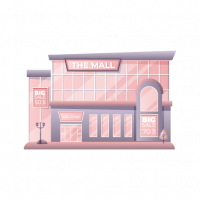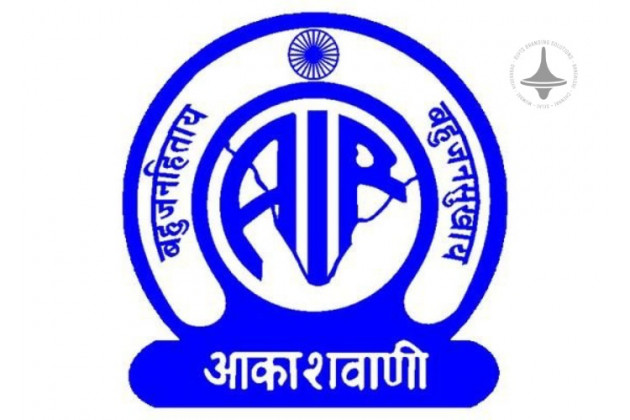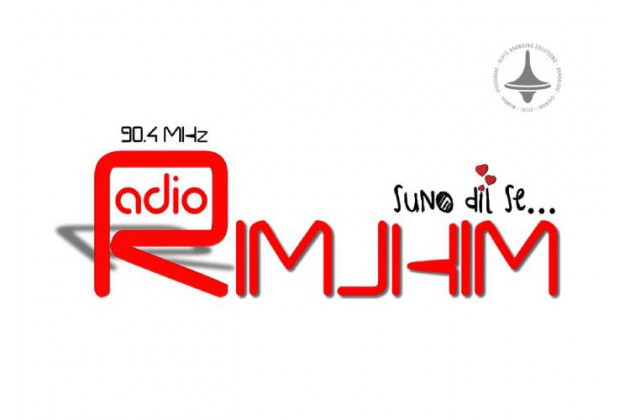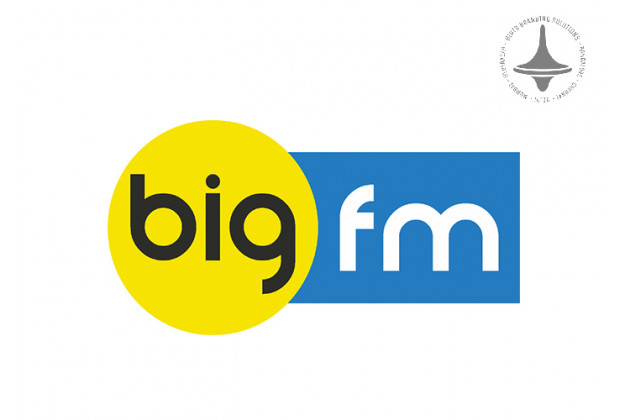Programmatic Advertising | Dominating | Digital Marketing | Elyts
-1140x300w.jpg)
In the fast-evolving world of digital marketing, programmatic advertising is quickly becoming the dominant force reshaping how brands reach their audiences. With the ability to automate the buying and placement of ads in real-time, programmatic has introduced a level of precision, efficiency, and personalization that traditional advertising methods simply can’t match. But why exactly is it taking over the ad industry? Let’s dive in.
What is Programmatic Advertising?
Programmatic advertising refers to the use of software and
artificial intelligence to buy digital ads automatically, as opposed to the
traditional process that involves human negotiations and manual insertion
orders. This method uses algorithms to purchase ad space, target specific
audiences, and optimize campaigns in real time, all without human intervention.
The Rise of Automation in Advertising
One of the biggest advantages of programmatic advertising is
automation. Advertisers no longer need to manually select media
placements or haggle over pricing. Instead, machine learning and data analytics
handle everything—streamlining the process and saving time.
Automation allows brands to launch campaigns faster, adjust
bids dynamically, and even pause underperforming ads in real time. This level
of control and agility is particularly valuable in a landscape where consumer
behavior can shift overnight.
Enhanced Targeting Capabilities
Programmatic advertising thrives on data. It taps
into user behavior, demographics, interests, and even device types to serve
highly relevant ads to the right people at the right time. This means better
ROI for advertisers and less irrelevant content for users.
With features like geo-targeting, retargeting, and
contextual targeting, programmatic platforms offer unparalleled granularity.
It’s no longer just about reaching more people—it's about reaching the right
people.
Real-Time Bidding (RTB): A Game Changer
Real-Time Bidding (RTB) is the engine that powers
programmatic advertising. It allows advertisers to bid on individual ad
impressions as they become available. This micro-targeting approach maximizes
ad spend and improves campaign efficiency.
Unlike traditional ad buying, where you pay a flat rate for
broad exposure, RTB ensures you’re only paying for impressions that match your
specific targeting criteria.
Better ROI and Performance Tracking
Thanks to real-time analytics and reporting, advertisers can
continuously monitor the performance of their campaigns. Metrics like
click-through rates (CTR), conversion rates, impressions, and engagement levels
are readily available, enabling constant optimization.
As a result, programmatic advertising offers higher
returns on investment compared to conventional methods. Budgets are spent
more effectively, and performance insights guide smarter future campaigns.
The Shift Toward Omnichannel Marketing
Programmatic isn’t limited to display ads—it spans across video,
mobile, audio, connected TV (CTV), and even digital out-of-home (DOOH).
This versatility enables brands to create seamless, omnichannel experiences
that follow users across devices and platforms.
This holistic approach helps maintain brand consistency and
enhances the user journey, both of which are crucial in today’s fragmented
media environment.
Challenges to Watch Out For
Despite its advantages, programmatic advertising isn’t
without challenges. Concerns around ad fraud, brand safety, and data
privacy remain top of mind. However, advancements in AI, blockchain, and
supply path optimization (SPO) are actively addressing these issues.
As the technology matures and industry standards evolve,
trust in programmatic continues to grow.
Conclusion
Programmatic advertising is no longer the future—it’s the present
of digital marketing. Its ability to automate processes, optimize targeting,
improve ROI, and adapt across multiple channels makes it an invaluable tool in
the modern marketer’s toolkit.






















Leave a Comment